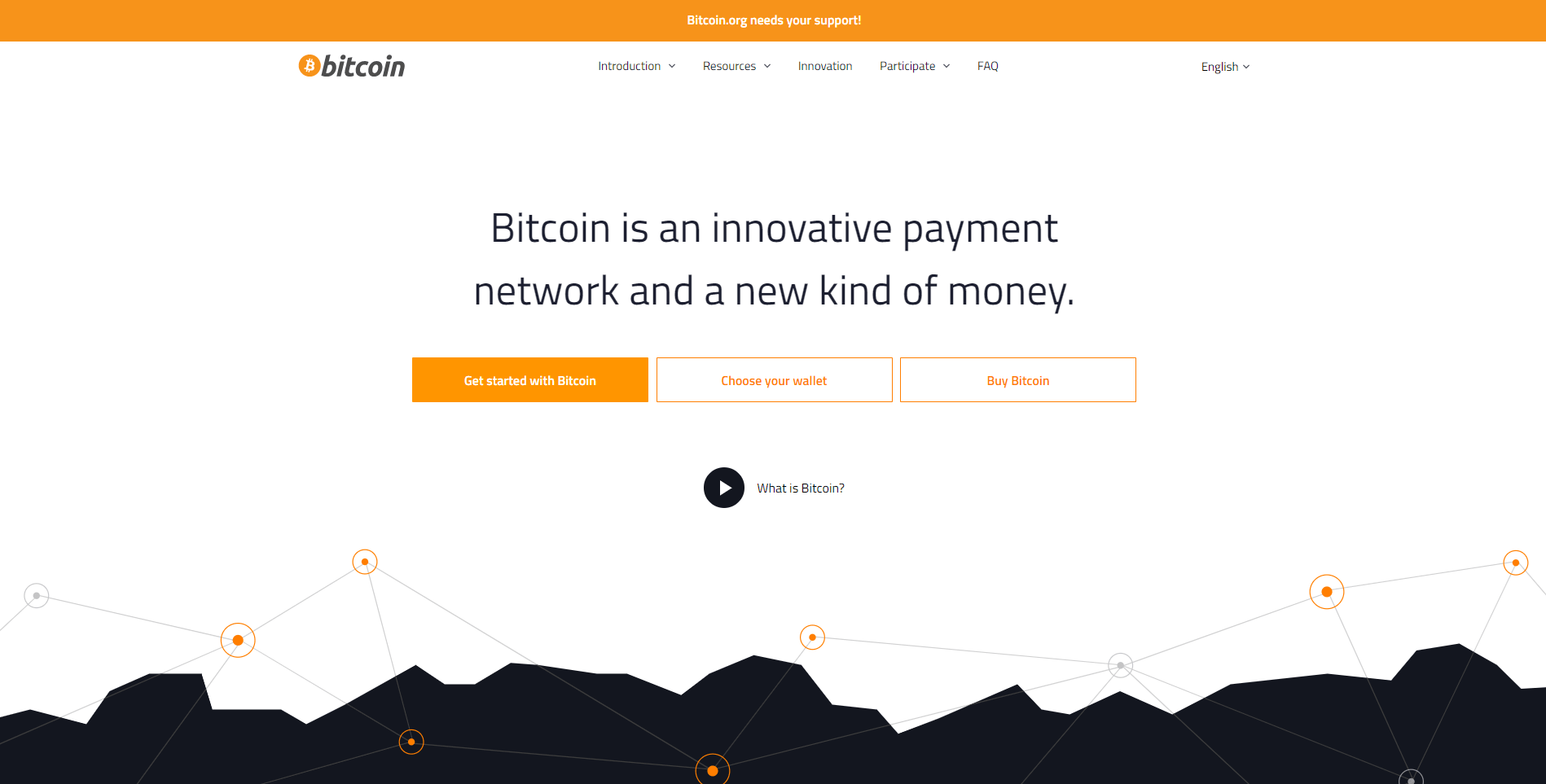“A purely peer-to-peer version of electronic cash would allow online payments to be sent directly from one party to another without going through a financial institution.”
That is the opening statement in the abstract section at the beginning of the Bitcoin whitepaper. However, despite the original idea of eliminating the third party to settle transactions, the majority of cryptocurrency transactions today are done via centralized exchanges, where traders indeed rely on an intermediary.

When you buy or sell on a CEX (short for centralized exchange), you do not transact directly with the counterparty, but through the exchange, which sets up a system of market makers to provide liquidity so that trading can occur as price markets fluctuate. It’s the market price which determines the price at which your order is executed.
Even current decentralized exchanges limit your ability to transact peer to peer as those who provide liquidity by providing both sides of a trading pair essentially allow their funds to be utilized in an automated market maker strategy (AMM). Luckily, direct peer to peer trading is reemerging, especially in countries with limited access to conventional fiat on- and off-ramps. Just like in the early Bitcoin days (or crypto) days, when there weren’t many options to buy or sell crypto and people had to meet with each other in person or go through online communities to barter their digital assets in exchange for other assets.
As mentioned in the Bitcoin whitepaper, Bitcoin is designed to be a peer to peer system from one party to another without any intermediary needed. Peer to peer trading is a manifestation of that statement, as it gives traders control over who they buy or sell their cryptocurrency to, as well as the price and terms of the trade.
Benefits of Peer to Peer trading include the ability to decide who you do business with and the ability to choose which payment method you will accept if you are selling crypto, which can include cash in person, other cryptocurrencies, bank wire, vouchers or even goods. The seller determines and has the freedom to decide how they want to be paid. Another huge benefit that comes with P2P trading is that there are zero transaction fees.
The only fees paid are the network transfer fees native to whatever blockchain you are sending the cryptocurrency. Sellers can set their preferred price at which they want to sell (which doesn’t necessarily have to match the market trading price) and then competition and other offers will determine how attractive your offer is.
But of course, it is important to also understand a P2P trading system also comes with its risks and drawbacks. Many feel the benefits far outweigh the drawbacks, but that depends on each person’s current circumstances. While on one hand not having a third party intermediary is tempting, it also means you’re on your own, as no one will shoulder some of the risk that can occur (such as threats of violence, theft, or scams). It’s important to note though that P2P exchanges can also provide a layer of protection for everyone involved in the transaction, by implementing a feedback or rating system.
If you decide to transact your tokens via P2P system, you should expect longer times to conclude the transaction, which is yet another downside with peer to peer trading since traditional exchange trading can be instant if you accept the current market price, not to mention the much lower liquidity (which could change if more people flooded into this type of trading).
Some of the most popular peer to peer trading systems are BinanceP2P and LocalBitcoins.com. Other popular peer to peer trading systems include WazirX P2P, and Paxful.
Here are a few tips if you decide to use a peer to peer trading system to buy or sell cryptocurrency. First and foremost, make sure as you use the platform to provide feedback on those you interact with to help build up their rating and credibility. Also, you should be up to date on the market price movement to ensure your rates are realistic at current market prices. Give yourself some cushion if you are selling, meaning don’t set and then cancel orders as the price fluctuates slightly. Part of what you are offering if you are selling is a convenience fee so most will be willing to pay slightly higher than market prices on exchanges. Moreover, if you are a seller, take into account that the more payment options you accept, the bigger the chances to receive offers for what you are selling.
Peer to Peer trading is not for everyone as there are pros and cons to peer to peer trading systems just as there are benefits and drawbacks to banks or centralised exchanges. It really depends on your location, personal situation and your needs, whether peer to peer trading is for you. But it is safe to say that as the world user base of cryptocurrencies grows, this is an important tool for many, as it will give access to cryptocurrency trading and investing to many people, who would not have access to traditional exchanges.
Content written by the NewsCrypto team and Blockchain Wayne.




